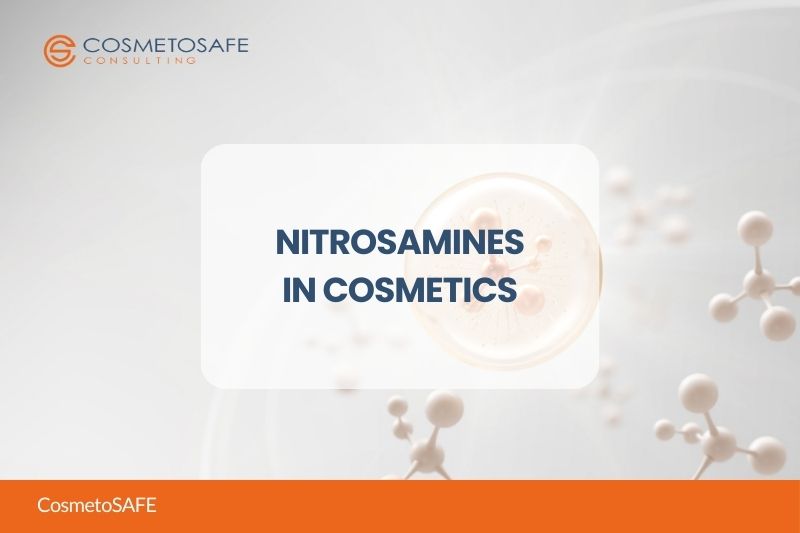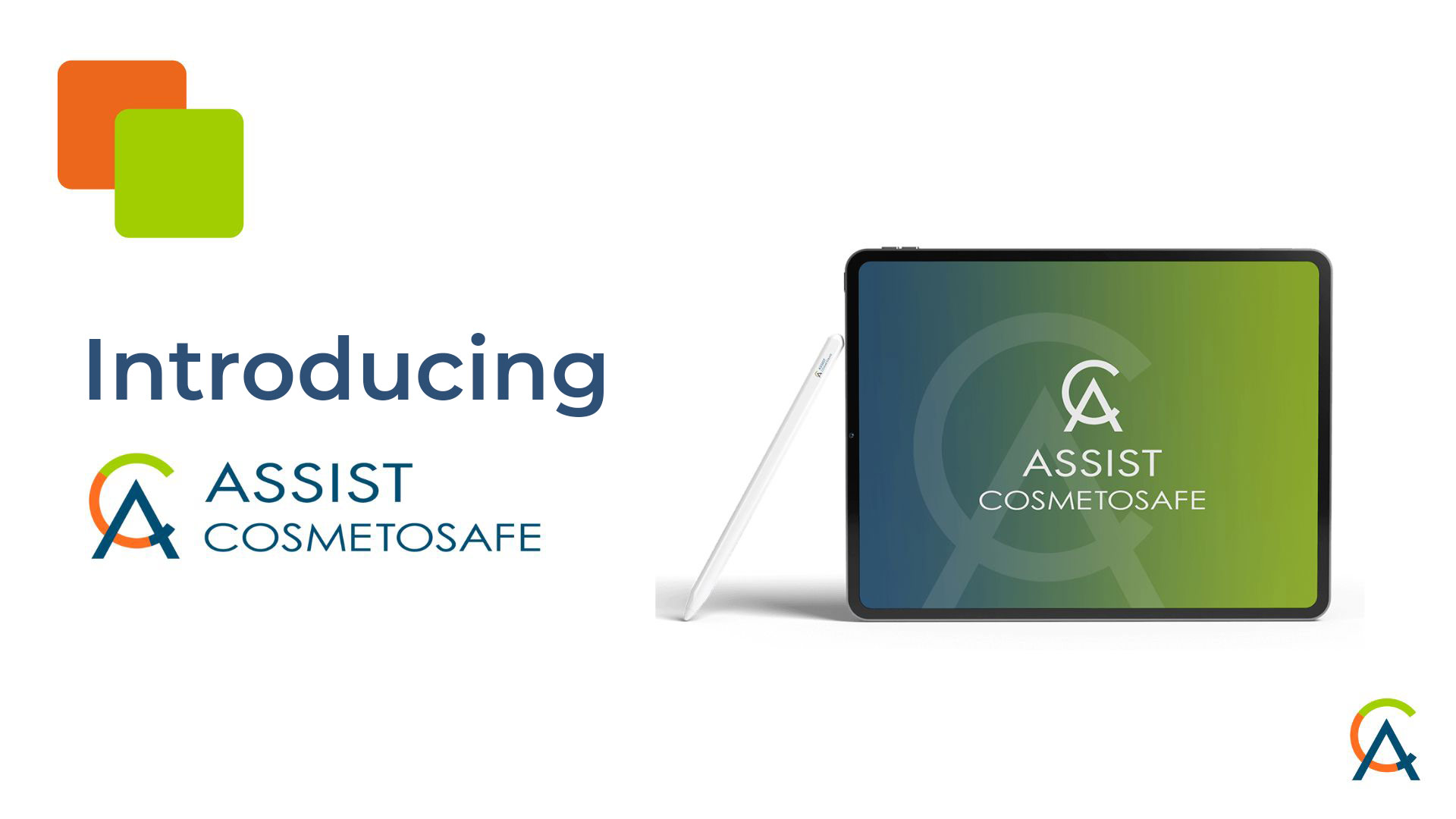Let's make Your cosmetics safe in Europe!
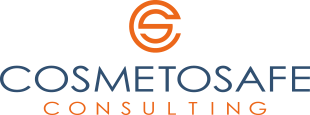
With the CosmetoSAFE team you can be sure that the cosmetic product you are introducing to the market meets all legal requirements (and there are many of them), is safe for users and properly labeled.

We professionally support
companies at every stage of cosmetic placing on the market.

We will provide advisory
with the event of competent authorities checks and cisis situations.

We will safely guide
you through entire cosmetic safety assessment process.
Based on our 10 years of experience in working on cosmetic documentation (PIF) and Safety Assessment, we have created
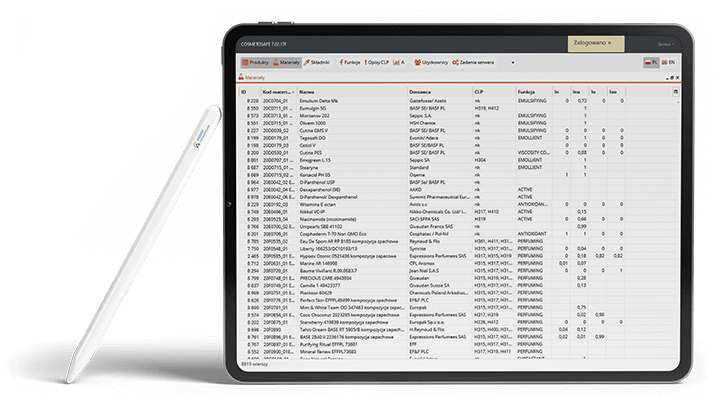
A new intuitive tool,
that changes cosmetics development completely.
boosts your efficiency and effectiveness
minimises the risk of mistakes
comprehensively regards all the design intent
Real improvements!
- Reduces the time needed to work on documentation by half
- It allows you to avoid the most common mistakes
- Constant monitoring of changes in component legislation
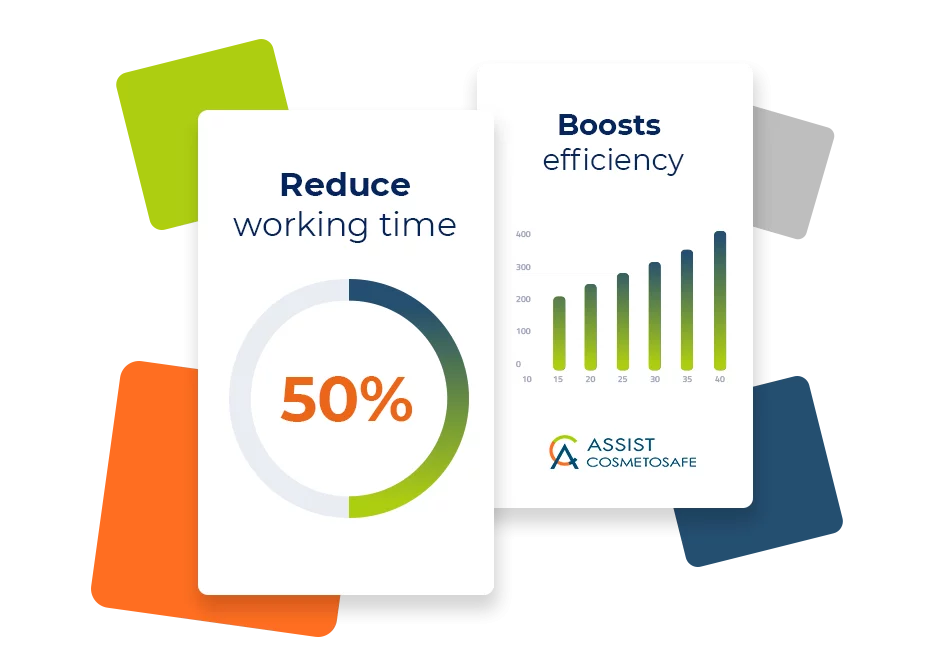
Why is our analysis reliable?
We have over 13 years of experience in cosmetics safety assessment. Our portfolio includes hundreds of cosmetics of both, Polish and international brands. Our specialists graduated from chemistry, toxicology and cosmetology and completed international courses for safety assessors.
